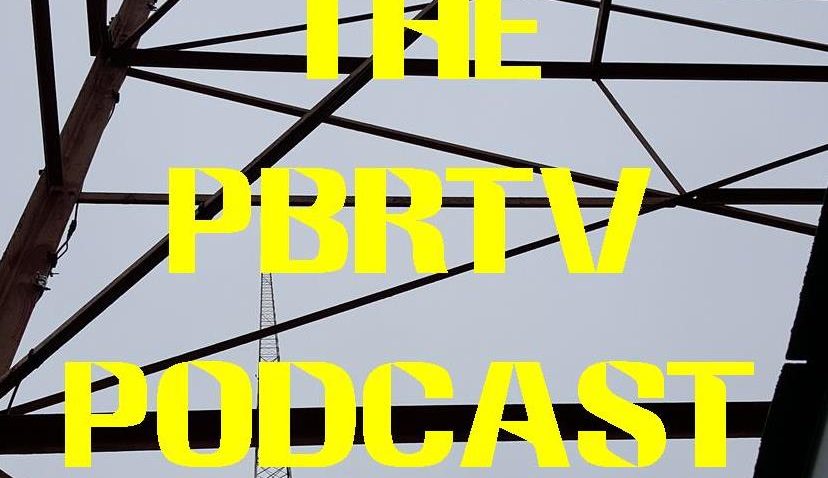Monday morning nostalgia fix
August 13, 2007
“Toll television, like Gaul, is divided into three parts,” goes the lede of a United Press dispatch on “pay television.” “They are called phonevision, subscriber-vision and telemeter. All three systems can be delivered by wire, like your telephone, or by air like the telecasts you receive now. Wire is the more expensive method, but one of its virtues is that presumably, the show would not have to be scrambled to thwart free-loaders.”
 It sounds a lot like today’s situation, with satellite TV delivered “by air” and cable connected to homes “to thwart free-loaders,” but the story appeared in local newspapers on Aug. 13, 1957 — 50 years ago today.
It sounds a lot like today’s situation, with satellite TV delivered “by air” and cable connected to homes “to thwart free-loaders,” but the story appeared in local newspapers on Aug. 13, 1957 — 50 years ago today.
Pay television certainly seemed like an attractive idea to Pittsburgh-area viewers who otherwise could only receive two local channels — KDKA-TV (2) and WQED-TV (13). There was a third, WENS-TV (16), but few people had TV sets equipped with UHF tuners. When WENS signed off for good about two weeks later, on Aug. 31, 1957, it’s unlikely many people noticed; it reappeared a few years later as a low-powered sister station to WQED.
Also today, United Press reported that WJAS (1320) and its FM outlet at 99.7 were being sold to NBC. The stations’ owner would use the money to invest in Pittsburgh’s second commercial VHF TV outlet, WIIC-TV (11), which went on the air Sept. 1, 1957, the day after WENS went dark.
According to this TV grid from the now-defunct Charleroi Mail newspaper, on TV tonight, viewers could see The Phil Silvers Show, Alfred Hitchcock Presents, The $64,000 Question, The Man Called X, and The Nat King Cole Show.
On the radio, KDKA (1020) had Pirates baseball with Bob Prince, while KQV (1410), which wasn’t yet a Top 40 outlet (and was still a CBS affiliate), offered “music for reading,” Amos ‘n Andy, and news with Edward R. Murrow. Tommy Riggs and Bill Nesbit were spinning records at WCAE (1250).


